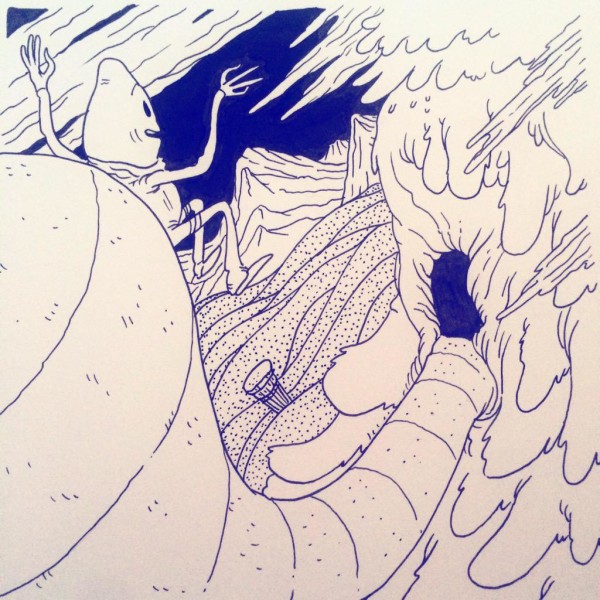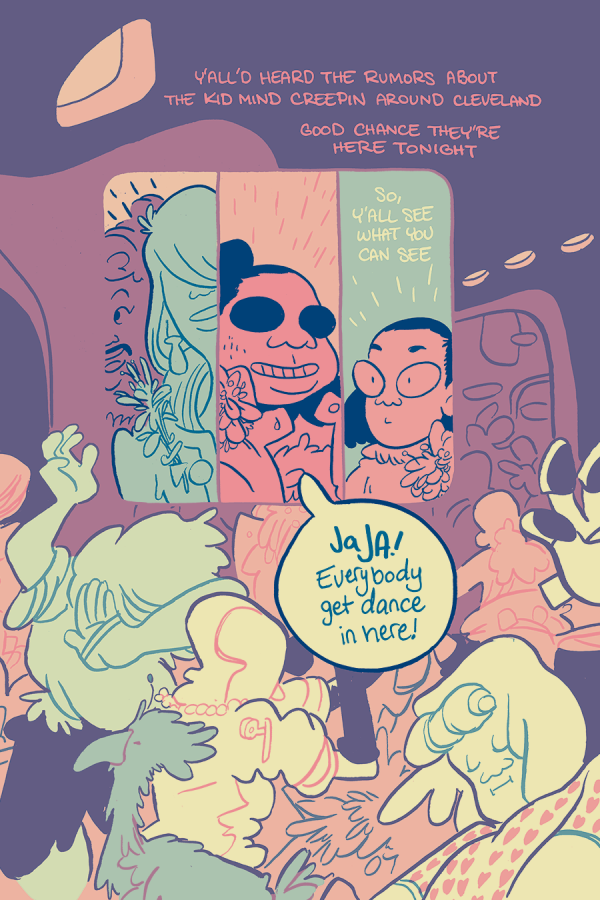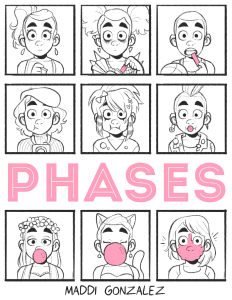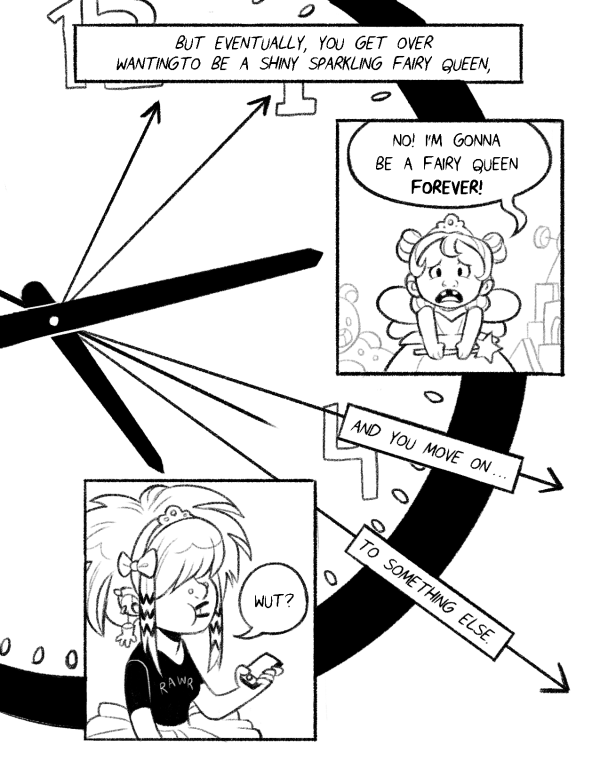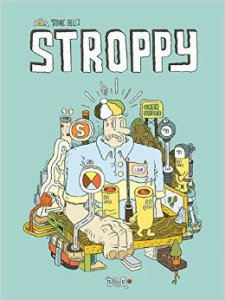What We’re Reading: October Round-Up
 Hello, dear readers. Today, we are trying something new. Based off of our audience survey feedback from this most recent summer, we are changing some columns. What We’re Reading will now publish two times a month (instead of four). The first Thursday of the month (today) will be a round-up style of short reviews or previews of books the Hazel & Wren staff are reading or looking forward to. The third Thursday of the month will be a more in-depth review of a single book, as we’ve been doing previously. With the extra space from fewer/more concentrated reviews, we hope to bring in more conversations between writers, editors, publishers, activists, and so much more to The Writing Life and beyond. We welcome feedback (email us here) at any time; and hope you enjoy our column refresh!
Hello, dear readers. Today, we are trying something new. Based off of our audience survey feedback from this most recent summer, we are changing some columns. What We’re Reading will now publish two times a month (instead of four). The first Thursday of the month (today) will be a round-up style of short reviews or previews of books the Hazel & Wren staff are reading or looking forward to. The third Thursday of the month will be a more in-depth review of a single book, as we’ve been doing previously. With the extra space from fewer/more concentrated reviews, we hope to bring in more conversations between writers, editors, publishers, activists, and so much more to The Writing Life and beyond. We welcome feedback (email us here) at any time; and hope you enjoy our column refresh!
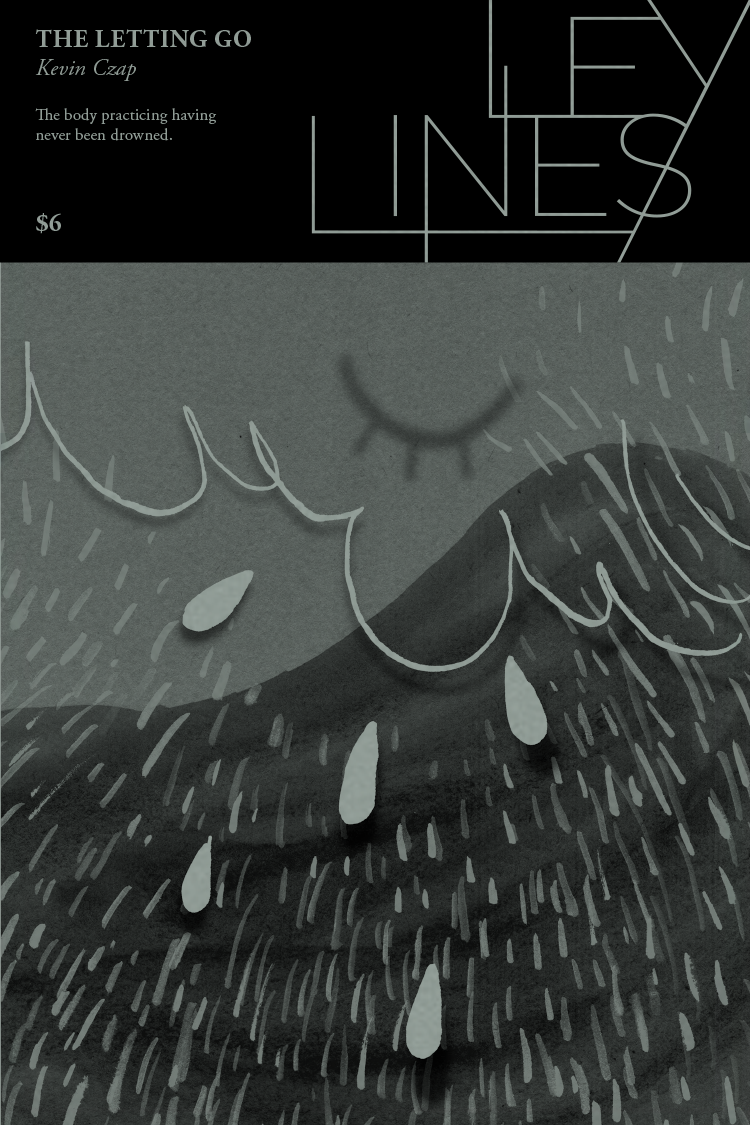 Ley Lines: The Letting Go by Kevin Czap (Czap Books/Grindstone Comics 2016)
Ley Lines: The Letting Go by Kevin Czap (Czap Books/Grindstone Comics 2016)
Reviewed by Aaron
The Letting Go begins, “Having found fear and control to be the core principles guiding my life, and having no use for masculinity, I discard them both.” What follows is a short but deep meditation on learning to trust and to feel. Czap’s work drips between mundane scenes realistically portrayed (someone playing a guitar or reading a book) to smeary layers of vague abstraction (two symbolic eyes beneath a hair-tangle of cords leading to a cloud with boots on). It’s the closest that comics have felt like poetry for me: a seemingly senseless image slowly accreting sense by repetition, variation, and juxtaposition. Water, tears, clouds, and a pervasive feeling of dampness end in an apocalypse of moisture: someone walks through a deluge of rain and interiority. Is the walker dissolving, or are they finally giving up on fear and control?
The book is a sad, lo-fi B-side to Czap’s earlier Fütchi Perf, and The Letting Go‘s blue-soaked pages are a record of the emotional work someone might have to do to end up in the thumping sherbet wonderland of the Fütchi.
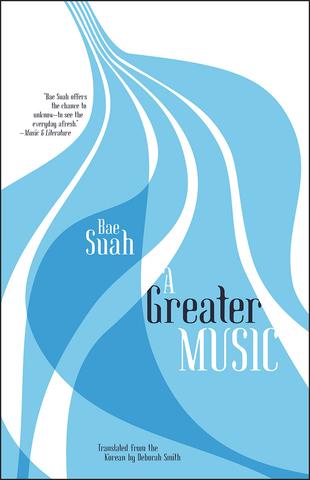 A Greater Music by Bae Suah, translated by Deborah Smith (Open Letter, October 11, 2016)
A Greater Music by Bae Suah, translated by Deborah Smith (Open Letter, October 11, 2016)
Previewed by Wren
Bae Suah is a well-known Korean author with much acclaim in the literary world. Translator Deborah Smith takes on her novel A Greater Music, which follows a Korean writer in Berlin. Memories weave from present-day to the narrator’s time in Berlin three years prior, and between her current on-and-off-again boyfriend Joachim, and her past relationship with a German woman, M. Music, language, and the city itself serve as the backdrop through which the narrator processes these (sometimes tragic) memories and experiences. As a person who is all about context, this sounds like a non-linear narrative that I could really dig into. It’s a personal approach to a narrator, diving deep into her consciousness.
This book officially releases next week; perhaps you’ll join me in jumping into this richly complex narrative?
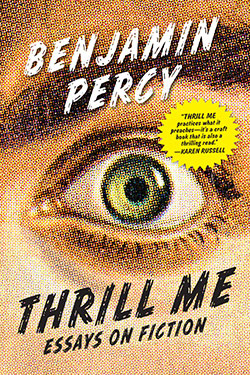 Thrill Me: Essays on Fiction by Benjamin Percy (Graywolf Press, October 19, 2016)
Thrill Me: Essays on Fiction by Benjamin Percy (Graywolf Press, October 19, 2016)
Previewed by Wren
Now, I’m not a fiction writer myself, but I am still excited about the pending release of this craft-focused book on fiction. I’ve had the pleasure of hearing Percy read at local events (that voice!), and am intrigued by his spectrum of work. He also had an interesting conversation with Lidia Yuknavitch on writing craft at the Loft last spring that sparked a lot of thought. All this to say that I can’t wait to hear more about what he has to say on the craft of writing fiction. Through this book of essays, Percy asserts that literary and genre fiction don’t have to be mutually exclusive. He brings his detective’s magnifying glass to character development, plot, suspense-building, and so many other craft elements to examine how contemporary authors are blending these genres to create spell-binding work.
Psst: if you’re local, Percy will be having a launch reading for this book at the Loft on October 26.
What We’re (Going to Be) Reading: Autoptic Edition

The Autoptic Festival is this weekend, August 8 and 9. It’s a convention that focuses on prints, comics, and music, and it’s free to attend. MN Artists has an excellent write-up on some of the big-name artists who will be attending, and they’re all excellent choices. Autoptic is a huge festival, though, and there are five other artists whose books I’m looking forward to buying. In no particular order…
 The Suitor by Nicholas Straight
The Suitor by Nicholas Straight
It seems like a lot of Straight’s creative energy has been taken up with a design job, and while it’s always great to see an artist have steady work, I was sad that it seemed to come at the expense of his comics. But I was wrong! The Suitor is debuting at Autoptic, and it looks great.
Straight’s line work is fine and feathery, looking almost like etchings at times. A high level of detail typically contributes to a more static image, but Straight is also great at dropping those lines out when he needs to show movement and action:
.
In addition, the book seems like a generally beautiful object to have around. The die-cut cover (possibly done by hand?) over the pink paper is striking, and the full-page panels give it an “art book” feel and make it easy to browse after giving it a thorough read.
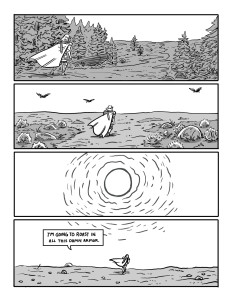 Ashen by Chase Van Weerdhuizen
Ashen by Chase Van Weerdhuizen
It’s a comic so mysterious, I can’t even find the cover! Ashen looks to be a short black-and-white fantasy comic, and while I seriously overdosed on fantasy movies, shows, and novels around the age of 16, I still find delight in taking short dips into made-up worlds. It’s similar to what Kurt Vonnegut said about science fiction: “‘You know, the problem with science-fiction? It’s much more fun to hear someone tell the story of the book than to read the story itself.’ And it’s true: If you paraphrase a science-fiction story, it comes out as a very elegant joke, and it’s over in a minute or so. It’s a tedious business to read all the surrounding material.”
And based on what Van Weerdhuizen has shown so far, he’s going beyond the Tolkienesque tropes of elves and fellowships. The previews I’ve seen seem to echo Greek or Babylonian design, his monsters are fleshy and strange, and his halftones give a feeling of stark, lonely travel. With minimal narration and short dialogue, Ashen looks to be a slow trip through a strange land without any of the expositional baggage of a fantasy epic.
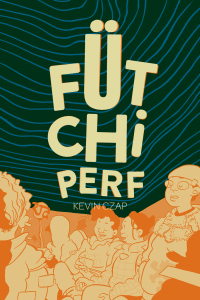 Fütchi Perf by Kevin Czap
Fütchi Perf by Kevin Czap
I’d only heard of Czap through his co-distribution of the Ley Lines series (one of which I’ve reviewed here). When I saw this preview of Fütchi Perf, it felt more like being swept into a song than reading a comic. Hair and clothes and eyes loop together across establishing shots. Snippets of conversation are spattered across snapshots of hands and mouths.
And those colors!
It’s almost a neon pastel aesthetic, I guess, and it works perfectly for what Fütchi Perf seems to be—an album of shorts, with colors playing the roll of instruments, recurring through different songs but playing different notes. That’s a clumsy metaphor, especially next to Czap’s graceful lines, but it seems apt.
Phases by Maddi Gonzalez
I got to see the first few pages of Phases at a reading, and I’ve been looking forward to reading the rest. Gonzalez has always been a brave cartoonist, dealing directly with issues of mental health and representation. Phases looks to be light-hearted, but it’s still an important topic: how we define ourselves and how that definition changes over time.
What stands out most is Gonzalez’s excellent page structures. Here’s my favorite page from what I’ve seen so far.
When looking at pages like these, I try to consider what an artist didn’t do. Gonzalez could have used any number of comic “tricks” to show the passage of time: wide blank space, dense grid of panels with incremental differences, or a lone caption. Blank space is very ambiguous, though. A grid of incremental panels is more obvious to a reader, but it destroys the juxtaposition of Fairy Queen Maddi with Goth Pokemon Trainer Maddi. As for a plain block of narration, it’s the equivalent of movie voiceover: it gets the job done, but it doesn’t utilize the visual possibilities that make comics different from other media.
For the rest of preview and the option to buy the book as a PDF, check out this post.
I initially only knew of Bell as the editor of Rudy by Mark Connery (which was probably my favorite book of 2014). That’s what led me to this conversation between the two about Bell’s new book, Stroppy.
The general aesthetic of the book looks great—a mix between Segar’s Thimble Theatre or Gray’s Little Orphan Annie, manic crosshatching like a ’60s underground, and bright, flat colors that feel like they came out of a Joost Swarte book. Here’s a sample from the publisher.
Bell recently did a reading at Magers & Quinn, but if you weren’t lucky enough to see him, he’s a late addition to the Autoptic bill, joining dozens of talented artists. Who are you going to see?
